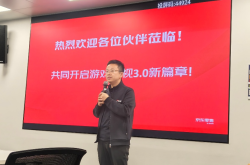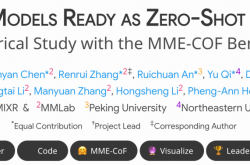Musk: Plans to Establish a Mega Wafer Fab with Monthly Capacity of One Million Wafers
![]() 11/13 2025
11/13 2025
![]() 394
394
At the 2025 annual shareholders' meeting, Tesla CEO Musk announced that, to address the ongoing shortage of AI and robot chips, the company is considering constructing its own 'Tesla Terafab' mega wafer fab. This facility is envisioned to start with an initial monthly production capacity of 100,000 wafers and eventually scale up to one million wafers per month. To put this in perspective, this production capacity would be equivalent to approximately 70% of TSMC's average monthly output of 1.42 million wafers in 2024.
At present, Tesla is actively engaged in three key areas: Full Self-Driving (FSD) technology, the Optimus humanoid robot, and data center operations. These initiatives have driven Tesla's chip demand to unprecedented levels. The AI5 chips, essential for these operations, are currently manufactured by industry leaders TSMC and Samsung. Meanwhile, Tesla has already initiated the design process for its next-generation AI6 chips. However, the development, rollout, and mass production of these advanced chips are expected to be lengthy processes.
Musk candidly admitted that, even under the most optimistic production capacity scenarios, relying solely on externally sourced AI chips would "never suffice" to meet Tesla's burgeoning business needs.
He further disclosed that Tesla is exploring a potential partnership with Intel to establish the wafer fab. However, he emphasized that no formal agreements have been reached at this stage.
While Musk did not provide specific details regarding the investment scale, industry analysts estimate that if the fab incorporates advanced manufacturing processes below 3nm, the initial construction budget could easily exceed hundreds of billions of dollars. Moreover, achieving stable yield rates—a critical metric in semiconductor manufacturing—could take several years.
Currently, Tesla's in-house chip team lacks prior experience in mass-producing chips at the sub-3nm level. The project faces three significant challenges: technological innovation, securing adequate funding, and attracting top-tier talent. Market analysts predict that substantial wafer production from this facility is unlikely to commence before 2027 at the earliest.






